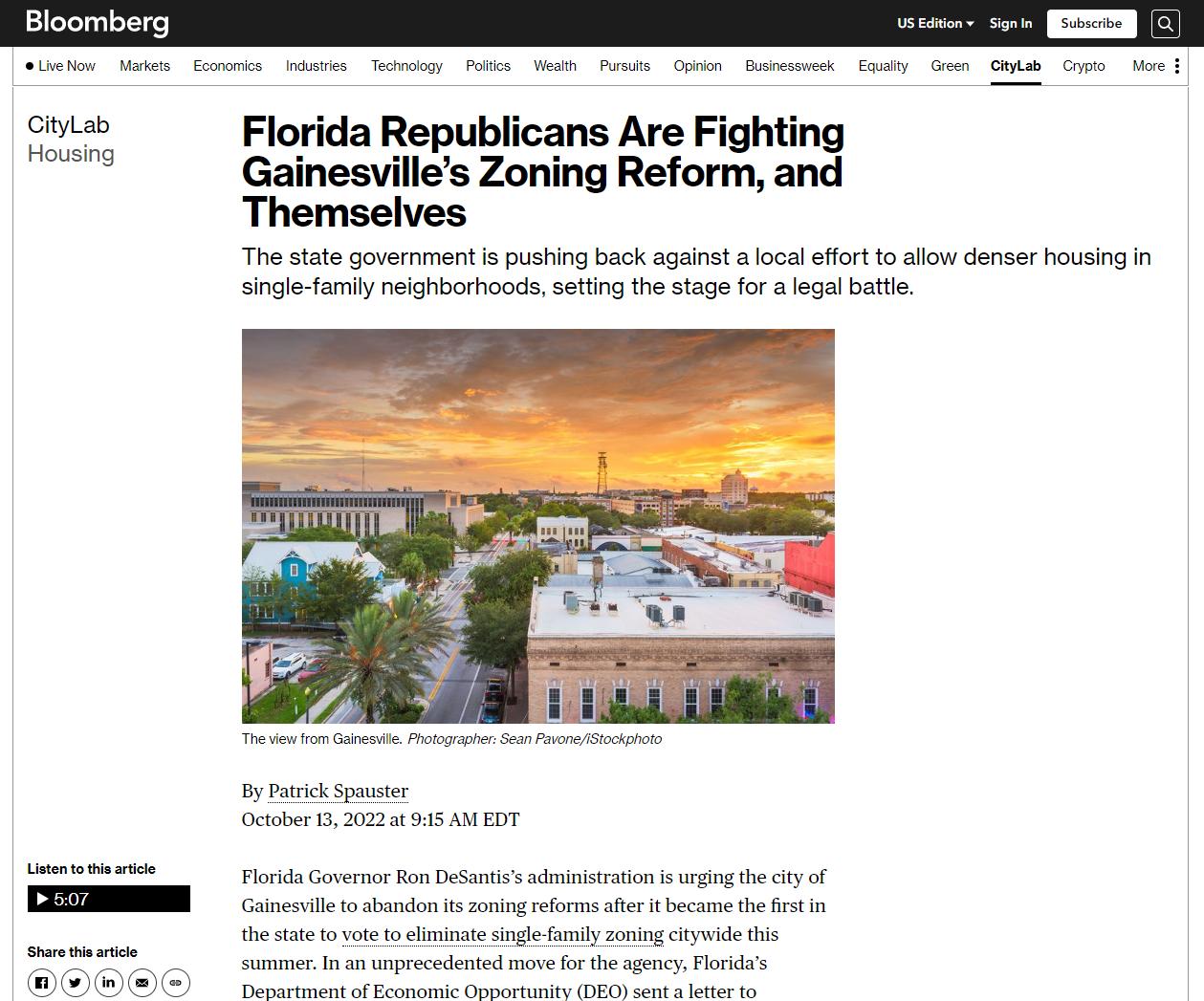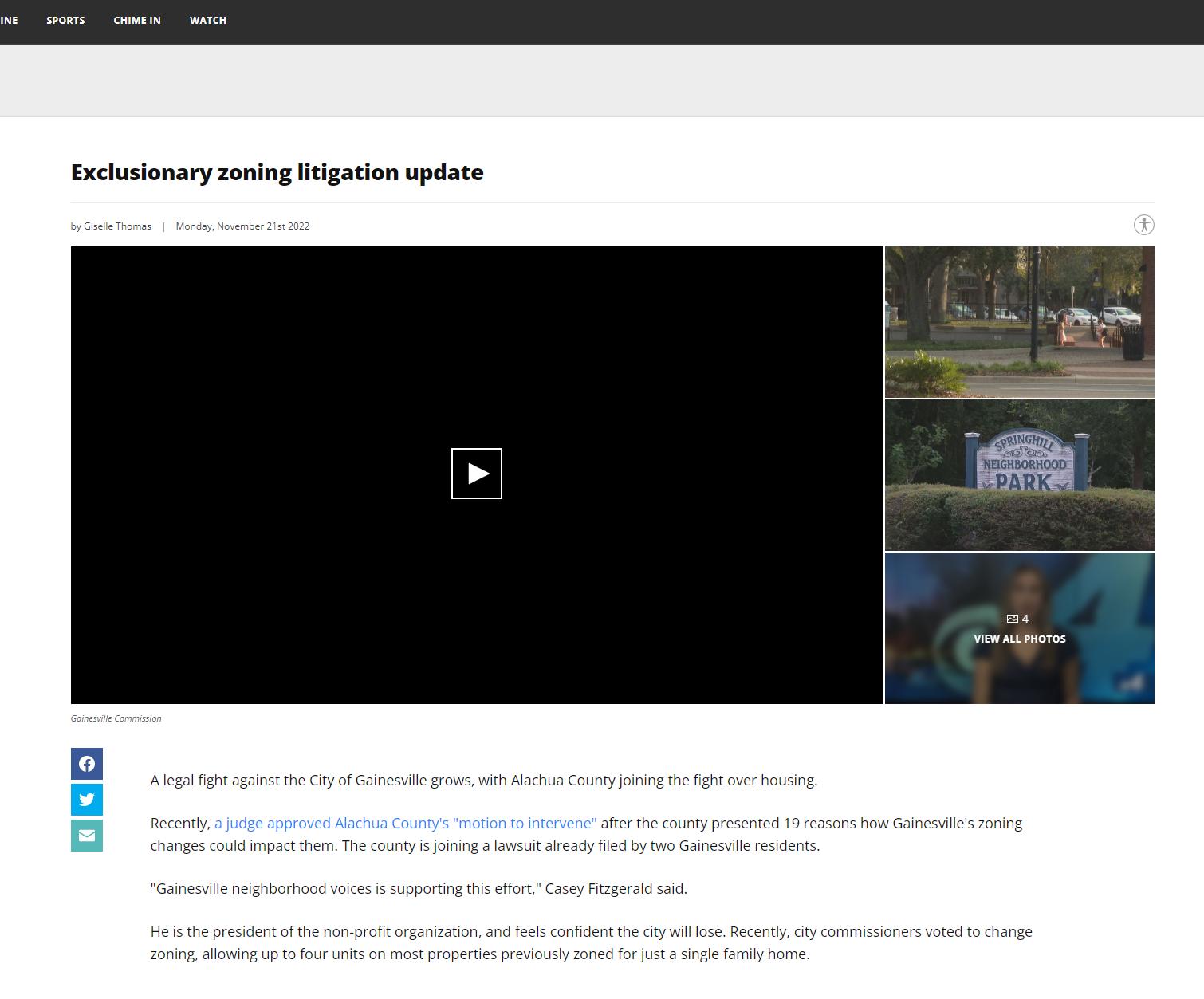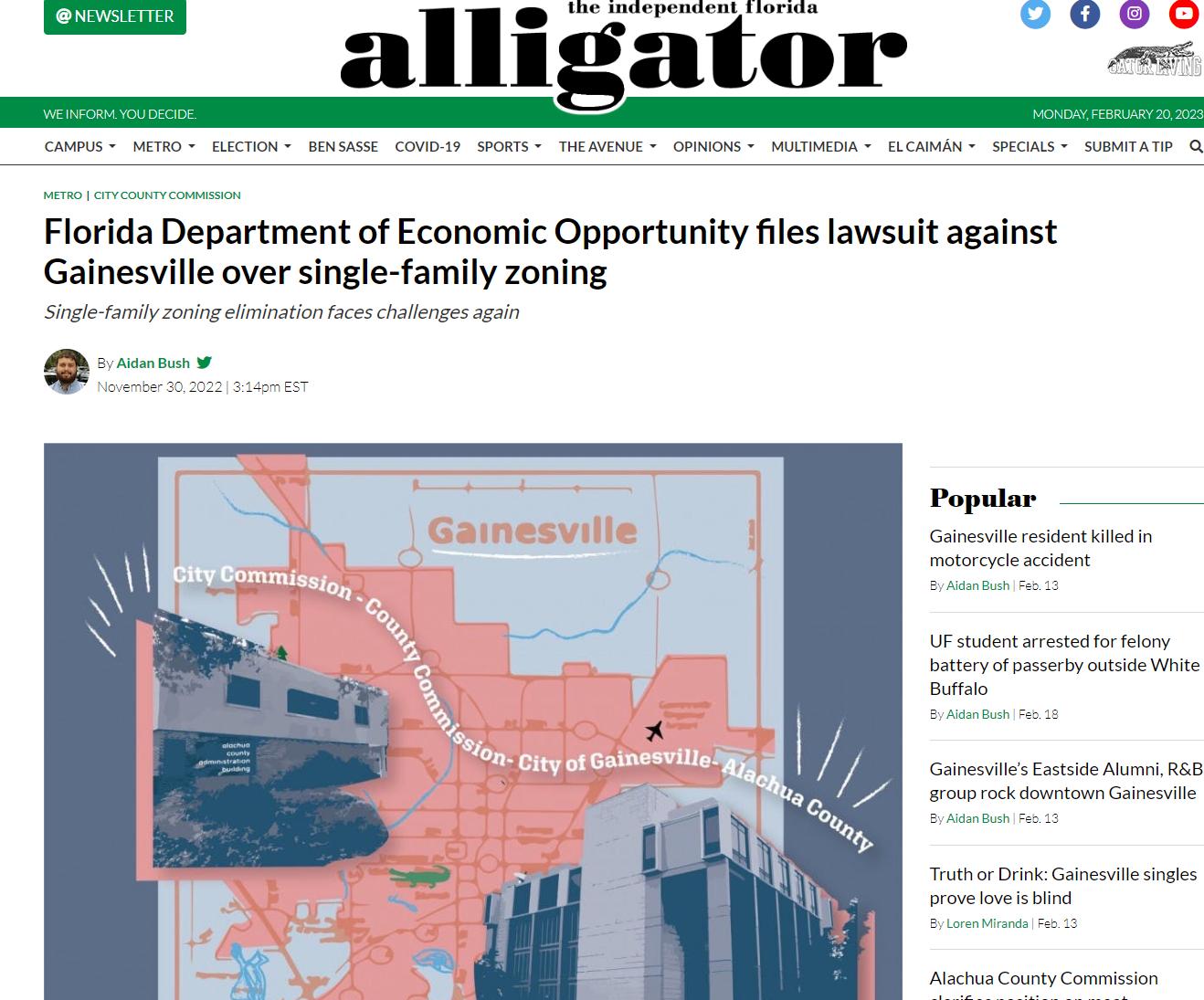Zoning Reform: The National Political Landscape


2023 APA Florida Public Policy Workshop
Jason Jordan
APA Public Affairs Director
jjordan@planning.org



2023 APA Florida Public Policy Workshop
Jason Jordan
APA Public Affairs Director
jjordan@planning.org

Key Criticisms of Zoning as Part of the Housing Crisis
• PROBLEM:
• Left-Right Convergence of Criticisms
• No Natural Base of Support and
• Planning equated with Zoning
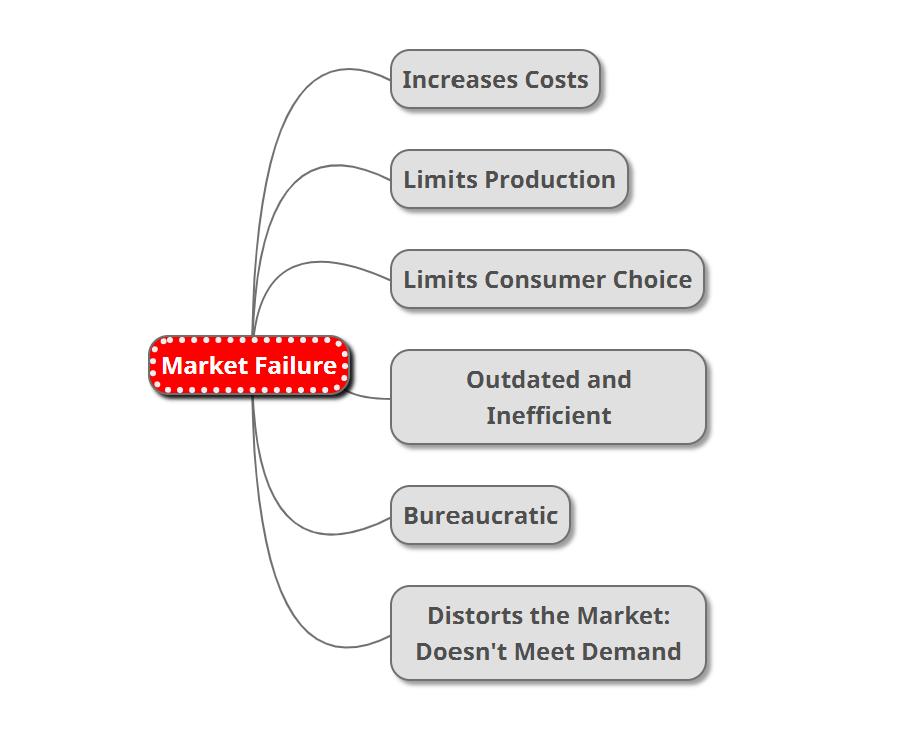

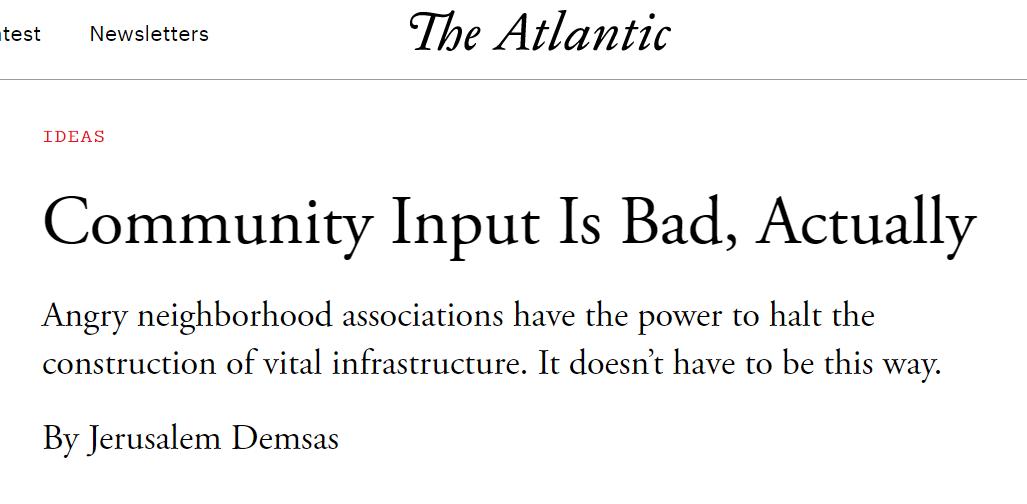
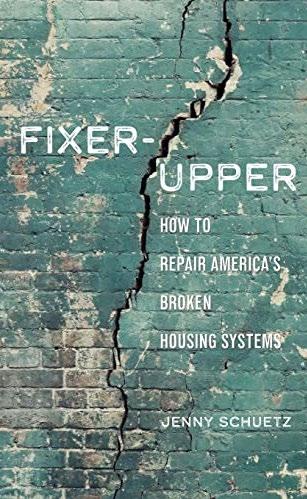

Obama: Domestic Policy Council Report

Trump: Executive Order on Regulatory Barriers

Biden: White House Town Halls Build Back Better Housing Supply Action Plan


• Housing Supply and Affordability Act

• YIMBY Act
• Build More Housing Near Transit Act
• Build Back Better
• FY23 Omnibus Appropriations
Grants
$85 Million YIMBY Grant Program Competitive Focus on Progress, Link to Implementation Priority on Areas of Significant Affordability Challenges Fast Track for Guidance, Applications




jjordan@planning.org | @jasonljordan

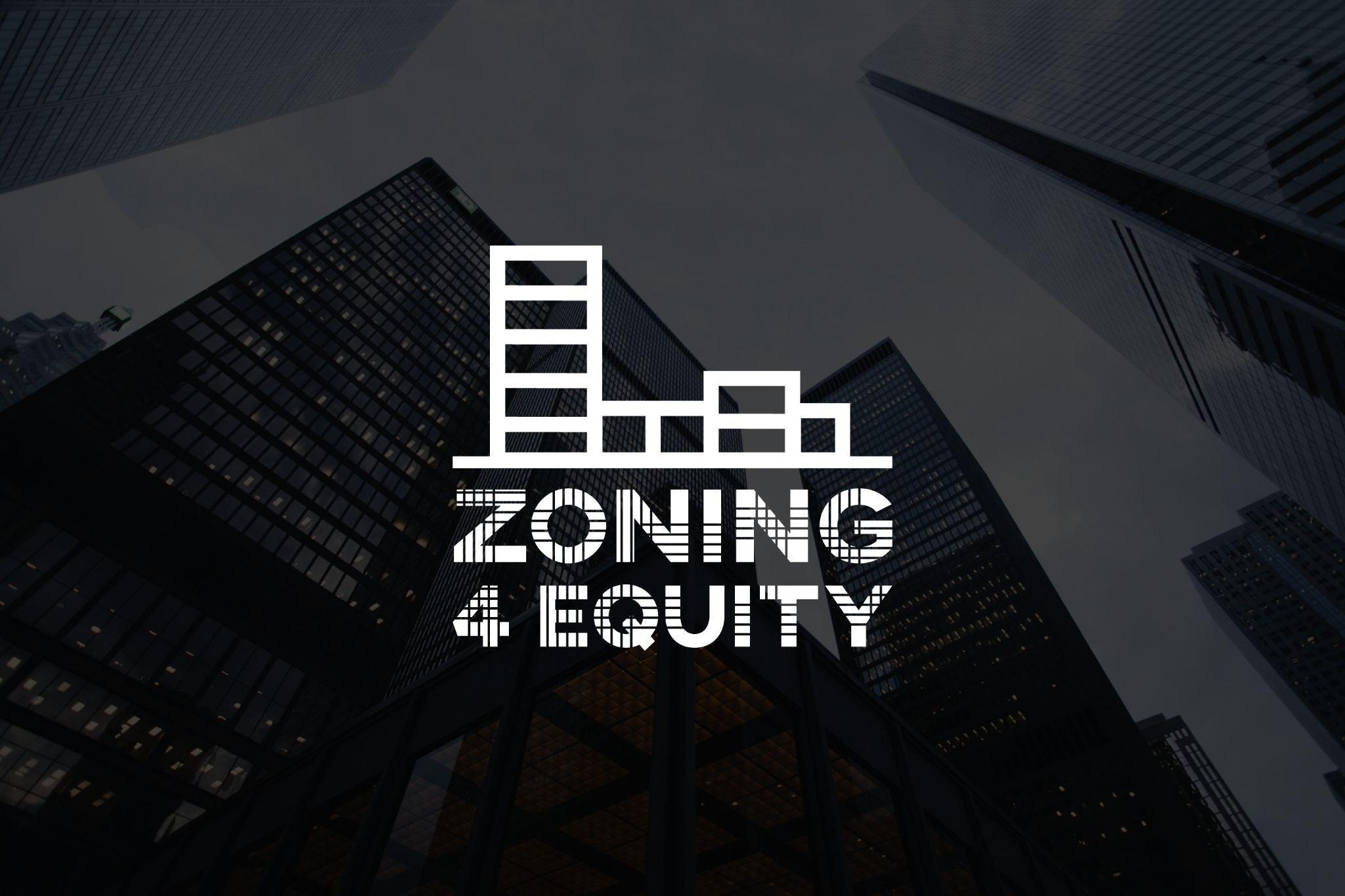


Contemporary Anti-Exclusionary Zoning Reforms at the State and Local Level
Paavo Monkkonen (UCLA) & Minjee Kim (FSU)
1. “Upzoning” single-family zoning districts

2. Upzoning paired with mandatory affordable housing
3. Relax Accessory Dwelling Unit (ADU) regulations
4. Reduce parking requirements
5. Increase densities around transit stations
6. Waive impact fees for affordable housing
7. Expedite development review and permit process
8. By-right or streamlined administrative review process
9. Restrict “downzoning”
Level
Additional resources
● For a detailed review of the state-level reforms: https://youtu.be/mWxKx8ibYhA
● For a detailed review of the local-level reforms: https://youtu.be/_Sfq1EOsGy0
● Minneapolis, MN (Comp Plan 2040)
● Gainesville, FL (Comprehensive Plan amendment & local zoning ordinance amendment)
California legislature
● SB 9 (2021)
○ allows up to four units on a single-family zoned parcels
○ streamlined review/parking requirement reduced
● Sacramento, CA (General Plan Update)
● Culver City (General Plan Update)
● Berkeley, CA (Housing Element Update)

Contemporary Anti-Exclusionary Zoning Reforms at the State and Local Level

California legislature
● AB 68 (2019), AB 881 (2019), SB 13 (2020)
○ by-right permitting process
○ parking requirement relaxed
○ allows ADUs in areas zoned single-family or multifamily

○ prohibit local governments from imposing min or max square footages requirements for ADUs
○ remove impact fees for small ADUs
San Diego ADU Bonus Program
● Since 2016, California state legislature has passed a number of legislation that removed barriers to ADU development
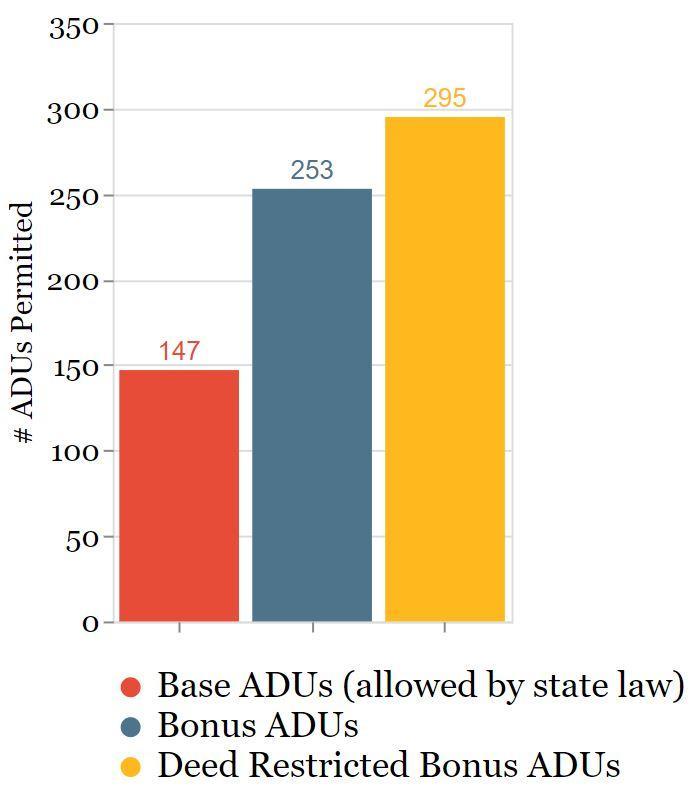
Source: Alameldin & Underriner (2020), San Diego’s Success in Spurring Missing Middle Housing: The Accessory Dwelling Unit Bonus Program, Terner Center for Housing Innovation, UC Berkeley


● Created because of a ballot measure (Measure JJJ) but written by city planning staff
● Allows for both 1) by-right entitlement for projects and 2) more density, height and less parking (a menu of options), if projects include ~15% affordable (and near transit)
● Builds off state density bonus law framework
● Many advocates push for same rules to apply everywhere not just near transit

● It’s a popular program!
● Research (Manville et al. 2022) finds by-right projects permitted more than twice as fast as discretionary projects

● It has created lots of deed-restricted affordable housing (100% affordable projects use it as well)
● Interviews suggest it has influenced non-TOC entitlement processes by providing an anchor point to reference in discretionary negotiations with city

SB 35 & Sacramento Ministerial approval
● On May 28, 2019, City Council adopted Resolution (2019-0206) directing staff to examine the menu of available options to streamline the production of housing

● In effect since August 2020
● Aims to expedite the approval process to less than 90 days for most multi-unit housing projects
● Builds upon SB 35 (2017)
● Applicants can choose either SB35 option or the City’s version
Cannot demolish units that have been occupied by tents in a multi-unit dwelling (3+ units) within the last year
● Zoning reforms are not mutually exclusive
● Variations exist within each reform type depending on how the law and the implementing regulations are written
● Reform effects are maximized when there is a coordination between the state and local governments
● Interactions between the local and state government (e.g., local government inspiring state action and vice versa)
● The targeted state preemption approaches work in conjunction with older, anti-exclusionary measures such as the housing mandates through comprehensive plan reviews/builder’s remedy/fair share
● Implementation strategies - pros and cons
○ Part of larger reform vs. targeted
○ Exec order vs. ordinance amendments vs. pilot programs
● Zoning reform is only one part of combating inequitable land use, planning, and housing practices. Others include:

○ Public housing
○ State and local housing trust funds
○ Tenant protection and other anti-displacement tools (e.g., right of first refusal, property tax freeze for vulnerable population, etc.)
○ Rent control
○ Community Land Trust (CLTs)
○ Reparation
Anti-Exclusionary Zoning Reforms at the State and Local Level
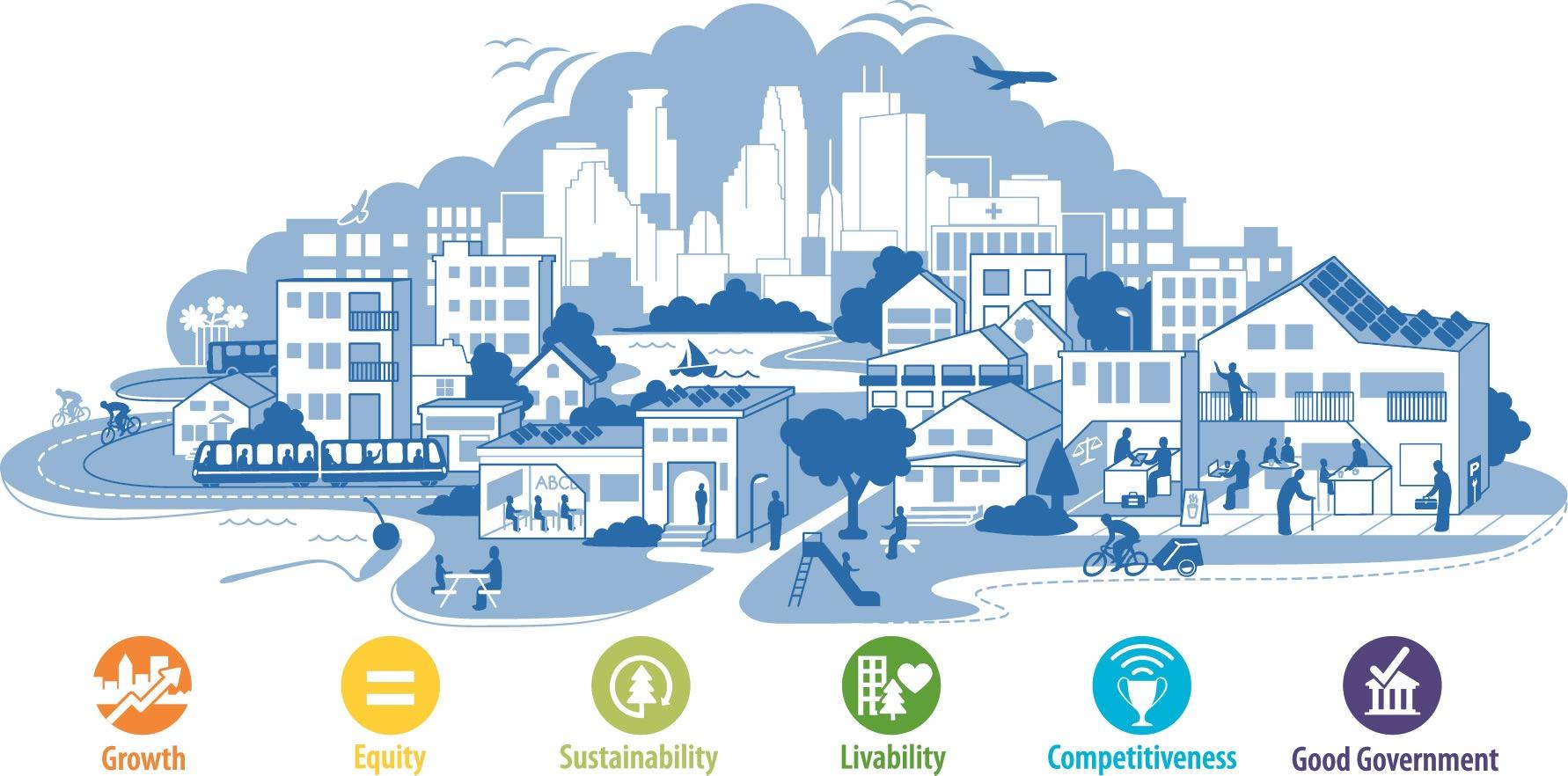











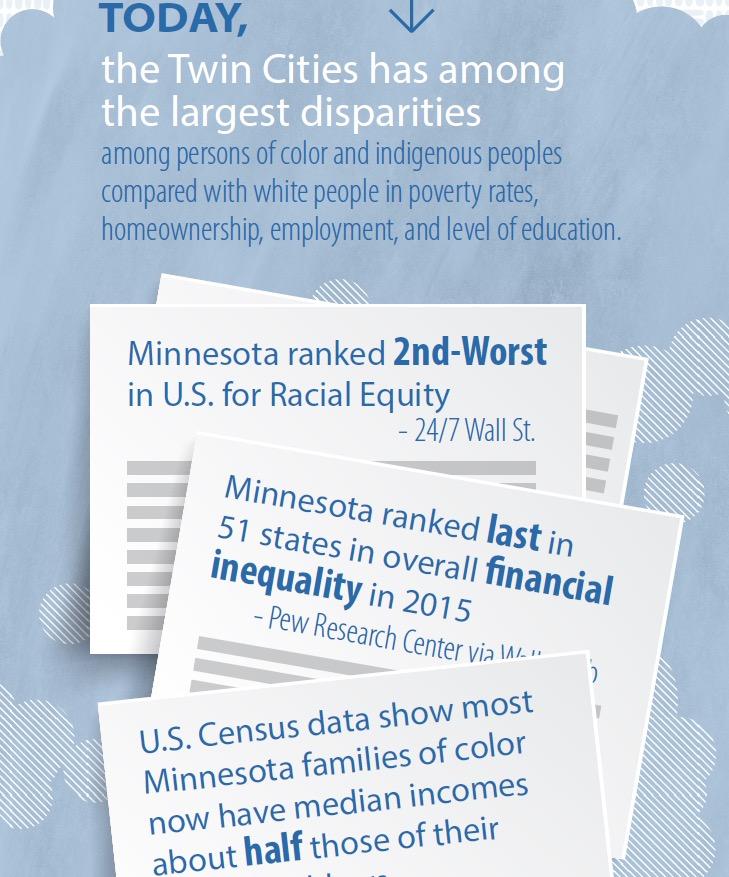



In 2040, Minneapolis will see all communities fully thrive regardless of race, ethnicity, gender, country of origin, religion, or zip code having eliminated deep –rooted disparities in wealth, opportunity, housing, safety, and health.




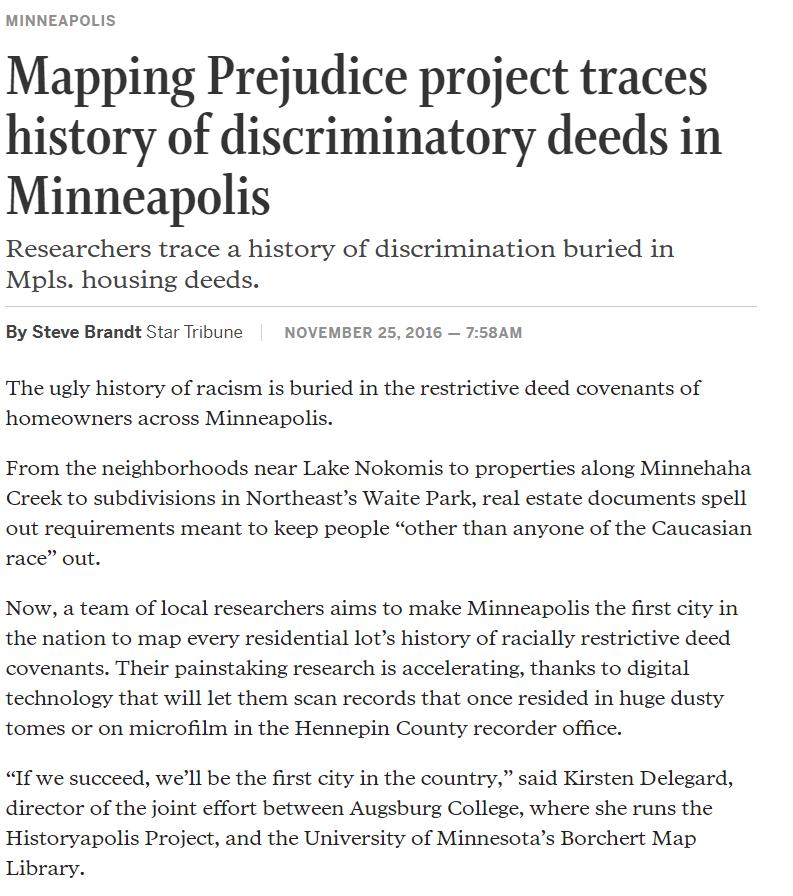
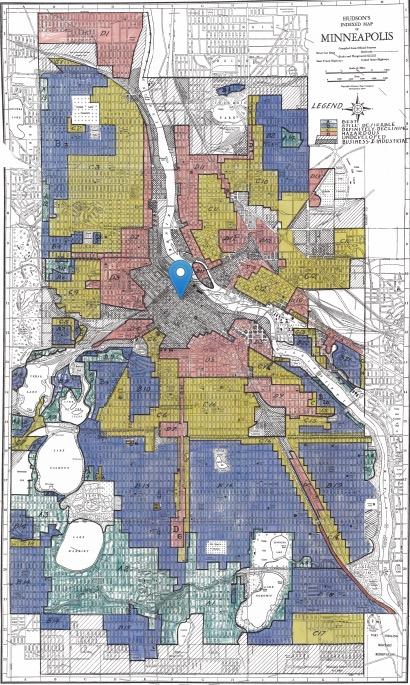

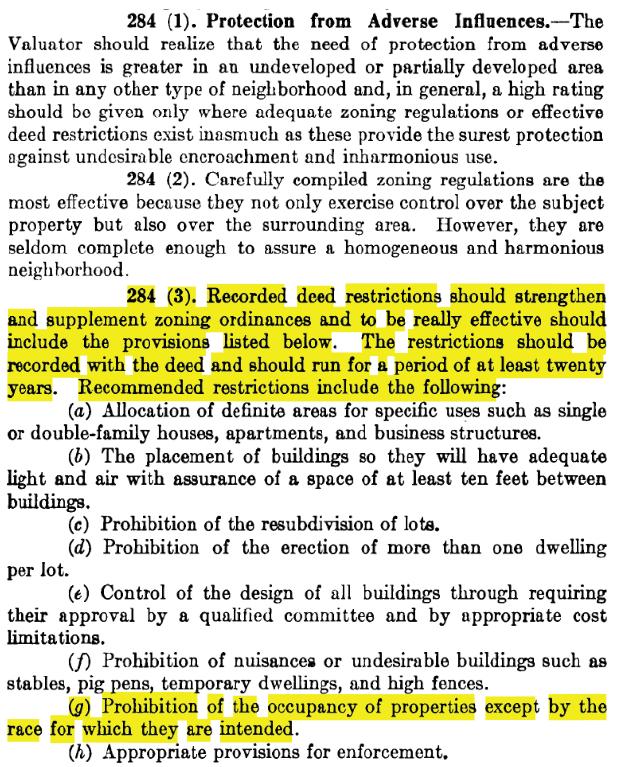


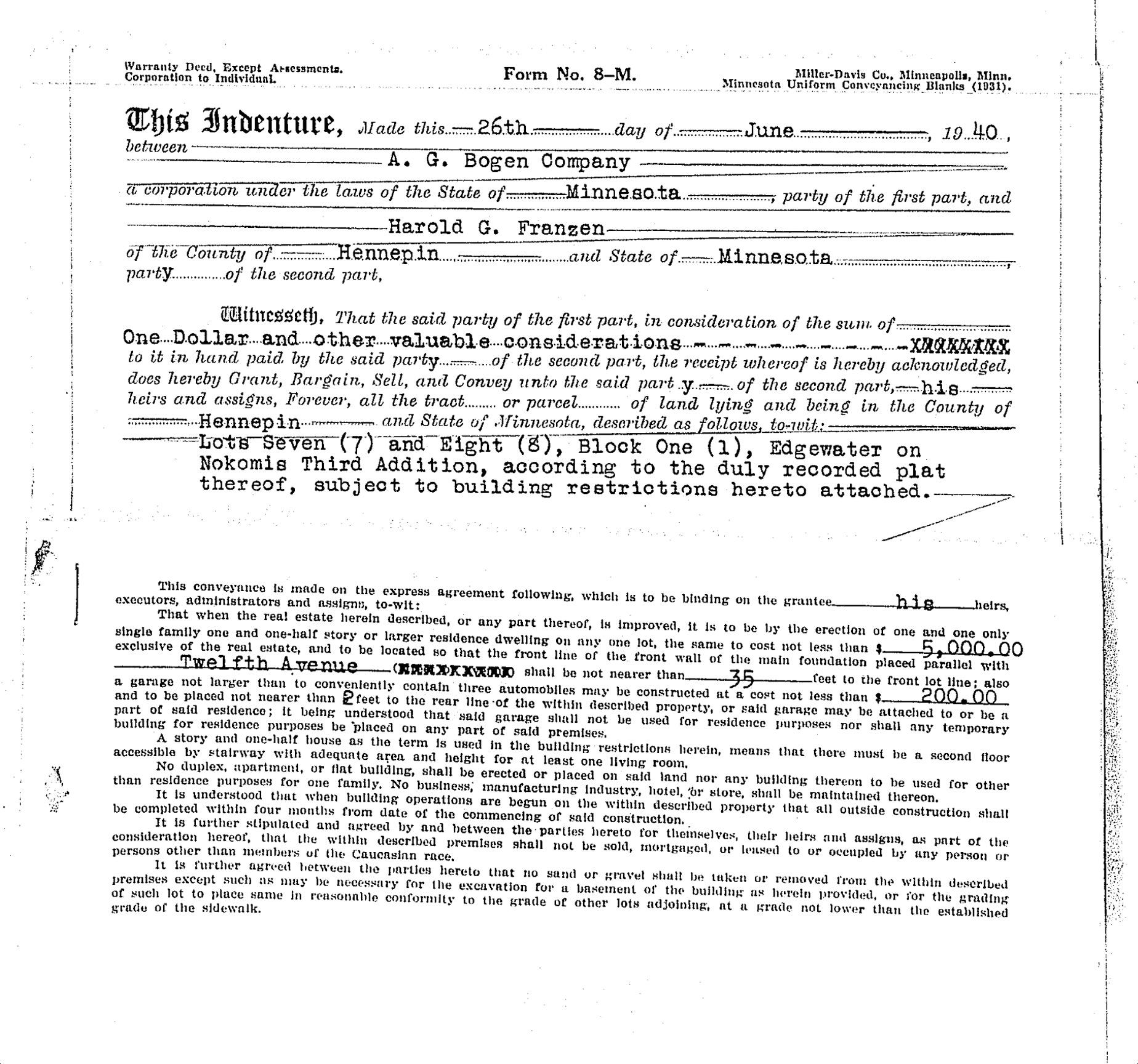
“These premises...shall not at any time be conveyed, mortgaged or leased to any person or persons of Chinese, Japanese, Moorish, Turkish, Negro, Mongolian or African blood or descent.”


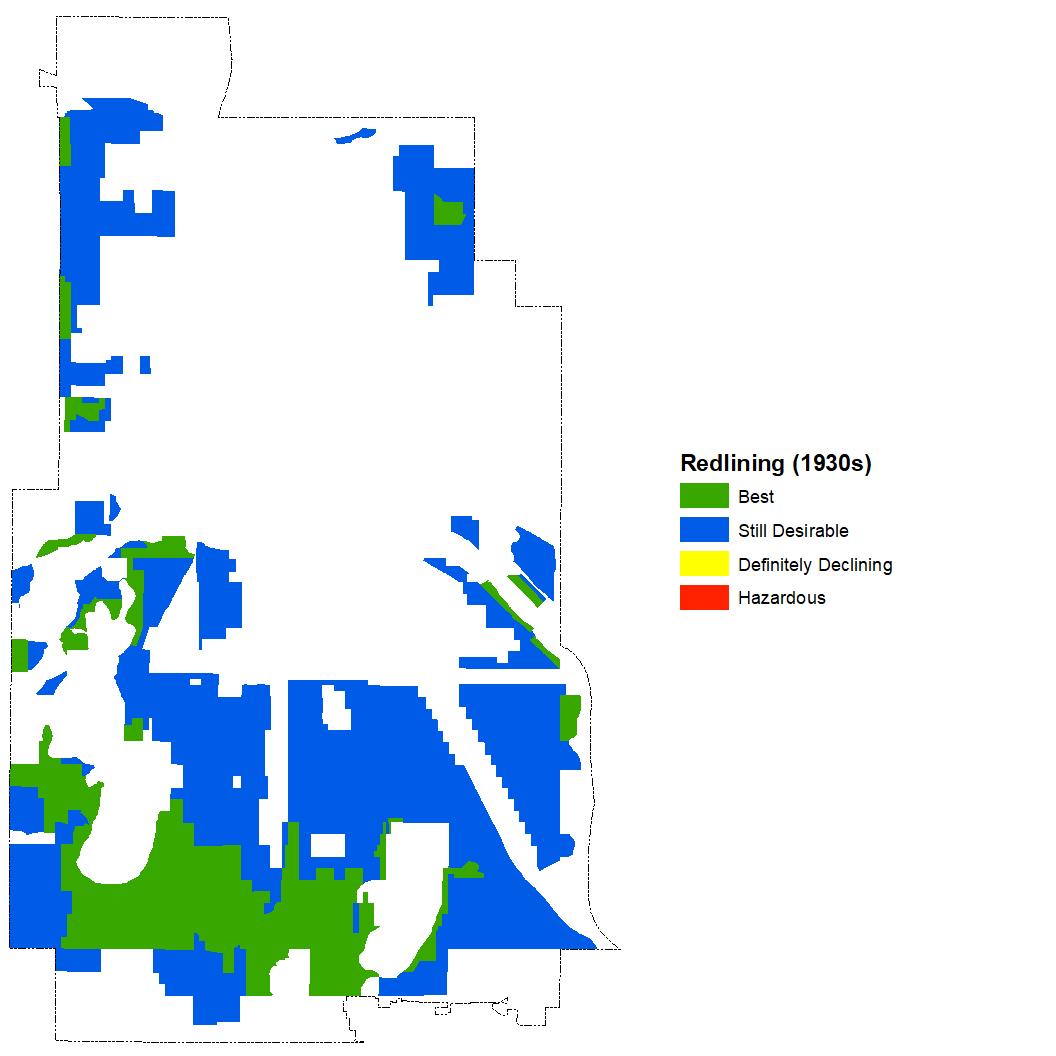
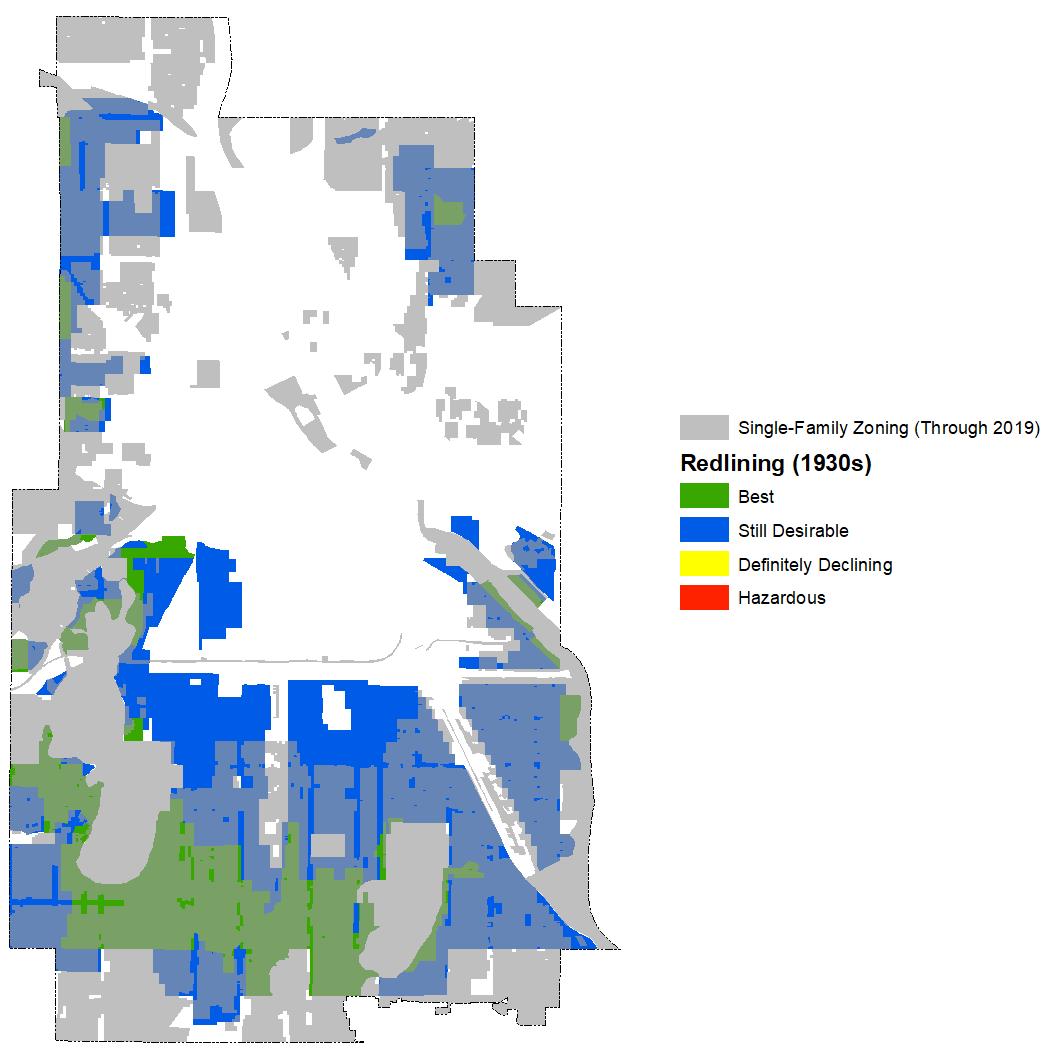


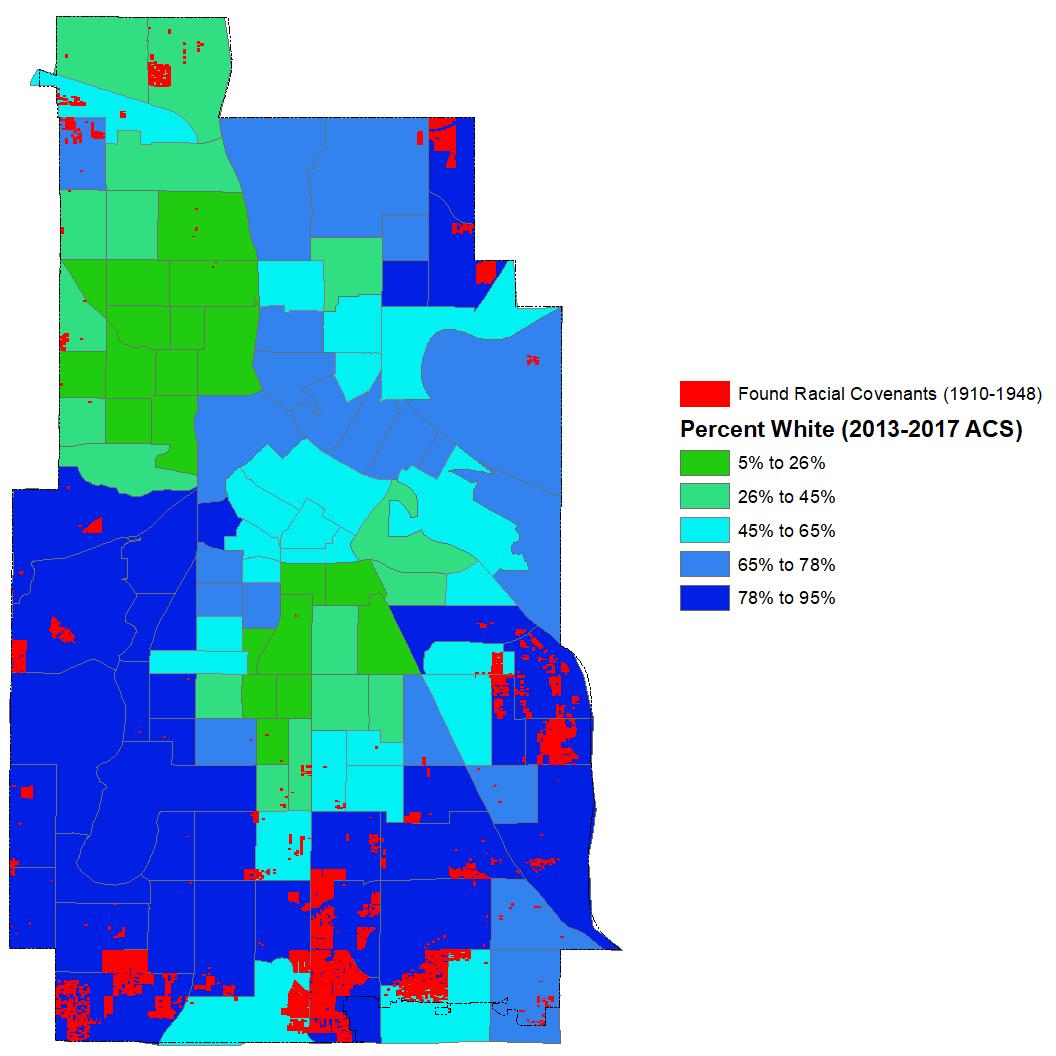










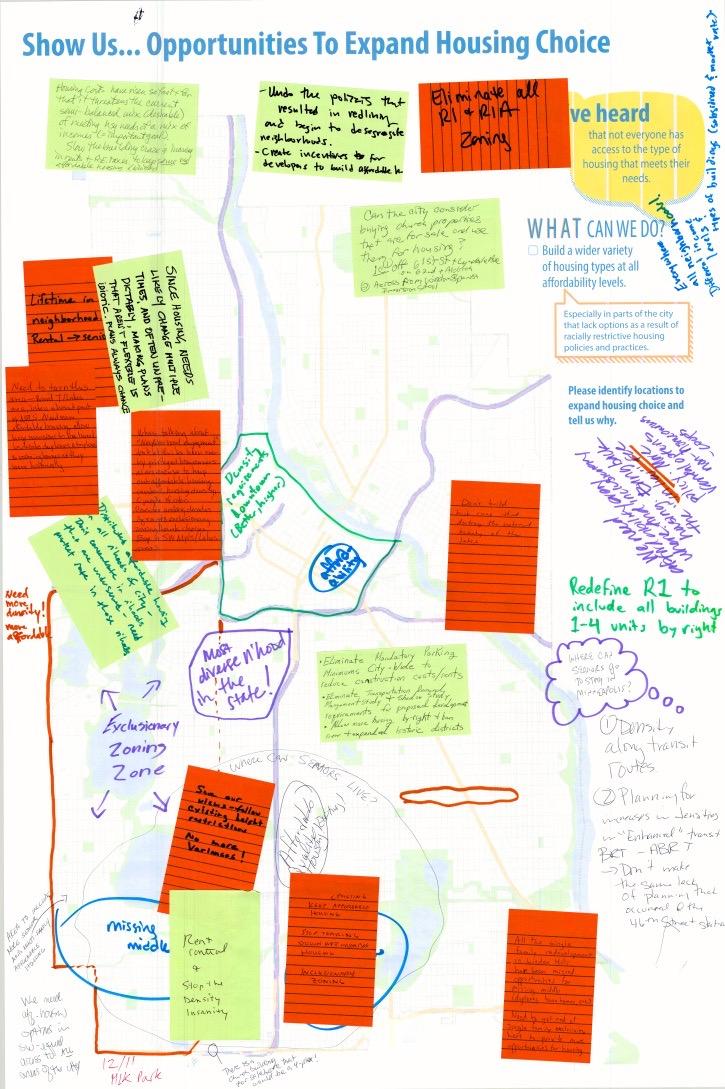









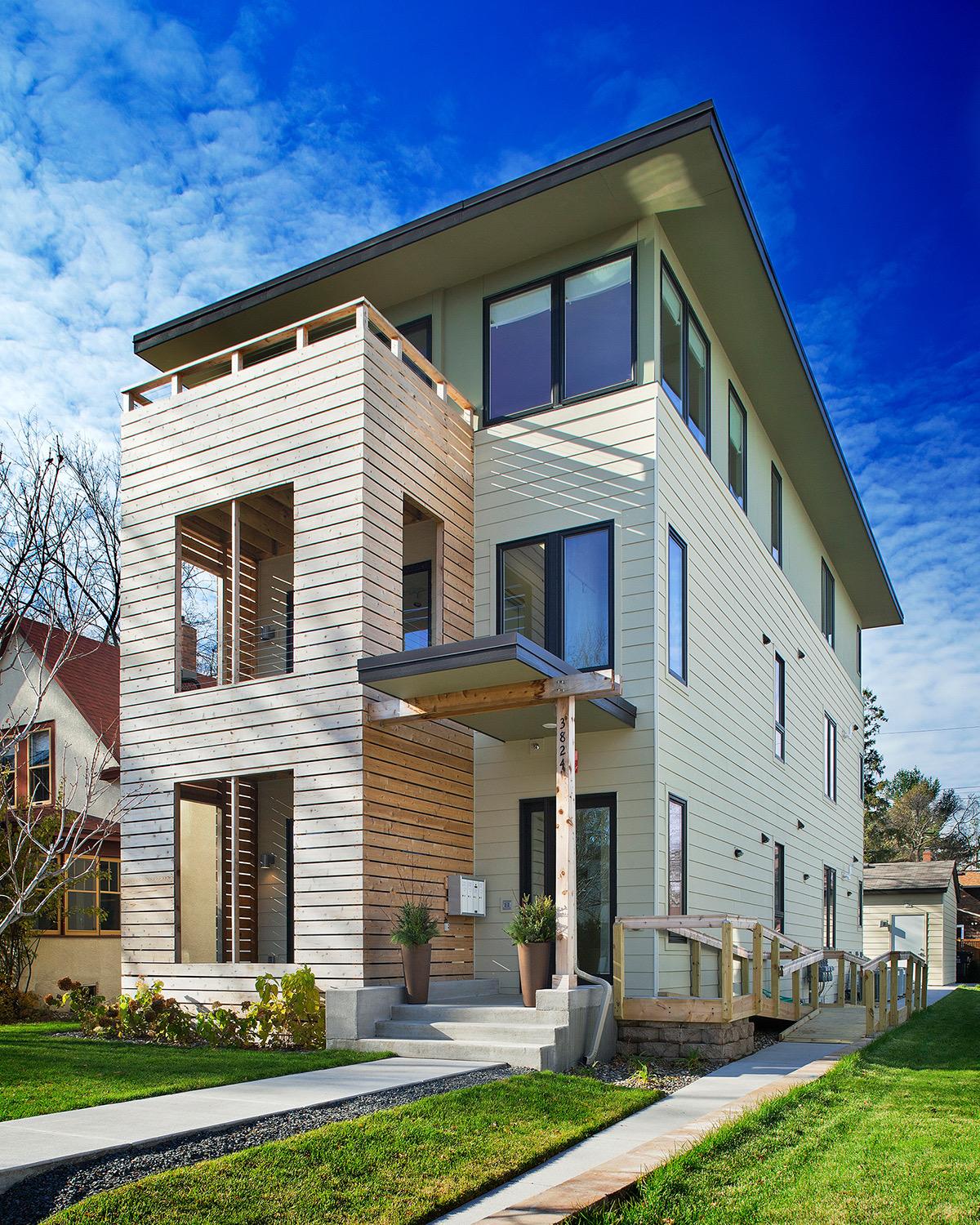
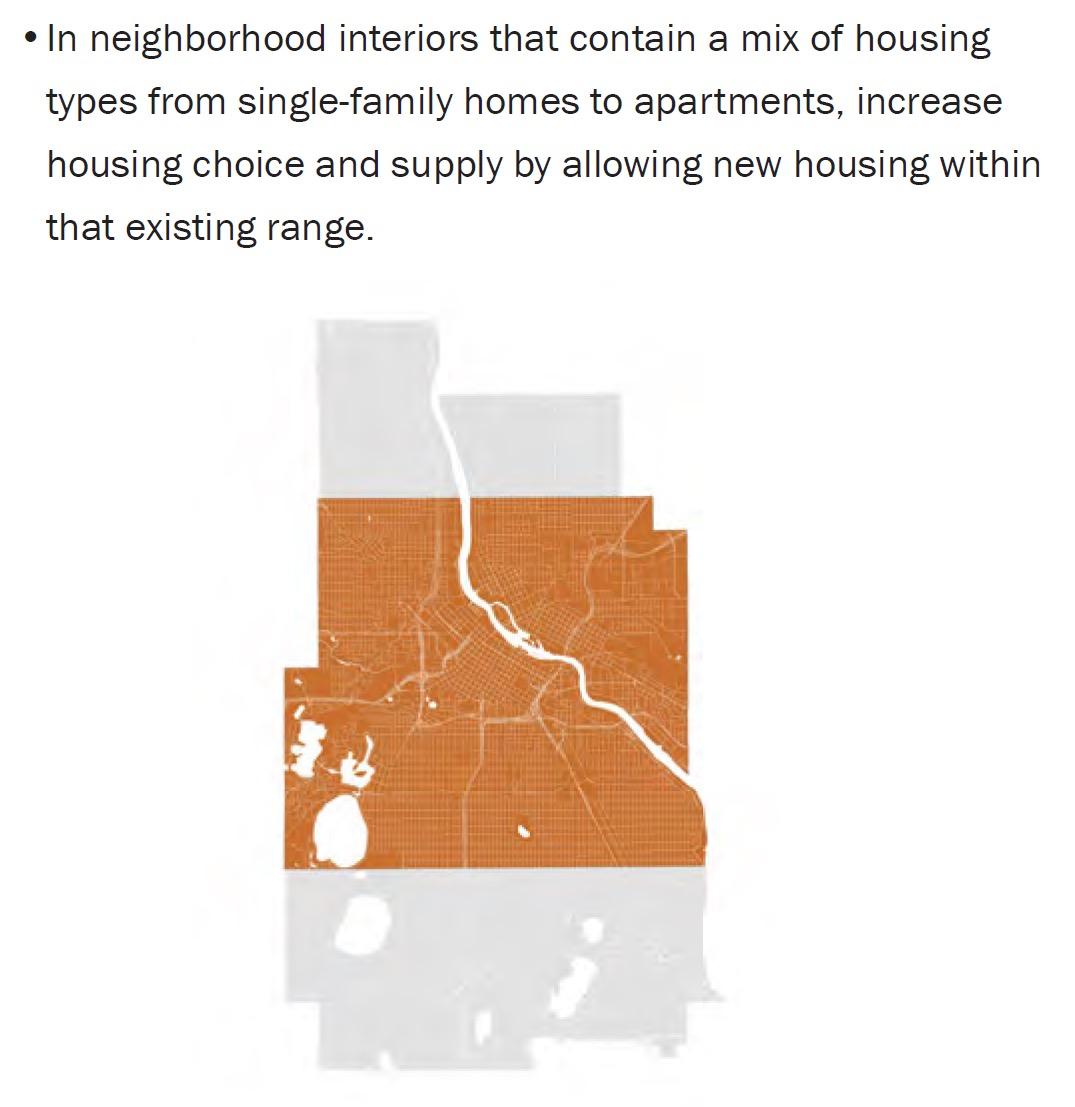




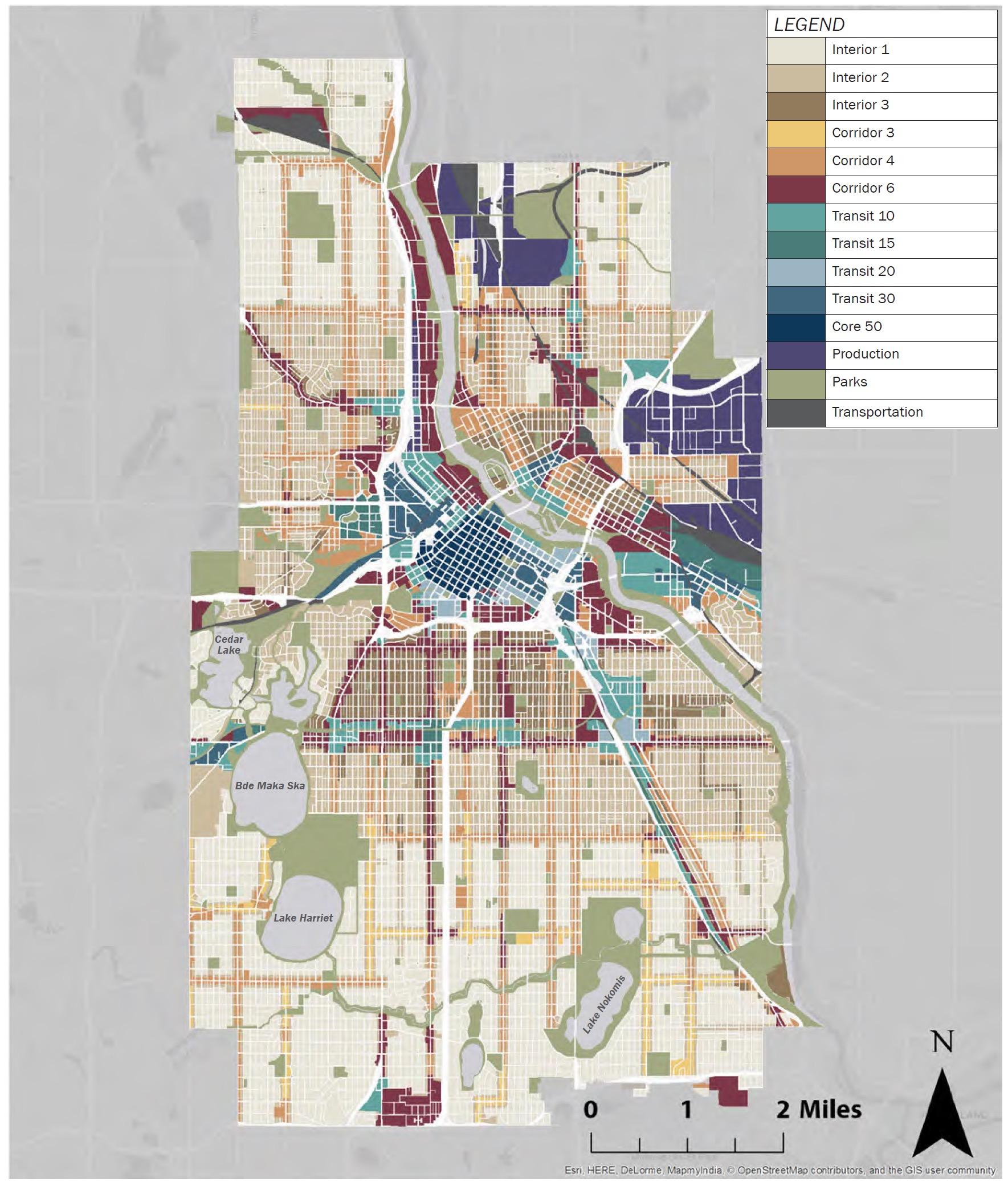




Timeline

• 2016 – 2018: Policy creation and public engagement (150+ public meetings)

• Dec. 2018: Plan provisionally adopted by City Council
• Dec. 2018: Trial Inclusionary Zoning ordinance adopted
• Nov. 2019: Plan officially adopted by City Council
• Jan. 2020: Plan in effect, new 1-3 unit regulations and Inclusionary Zoning in effect

• Jan. 2021: New built form regulations in effect citywide
• May. 2021: Elimination of min. off-street parking requirements, overhaul of TDM ordinance
• Early 2023: New land use regulations (in progress)


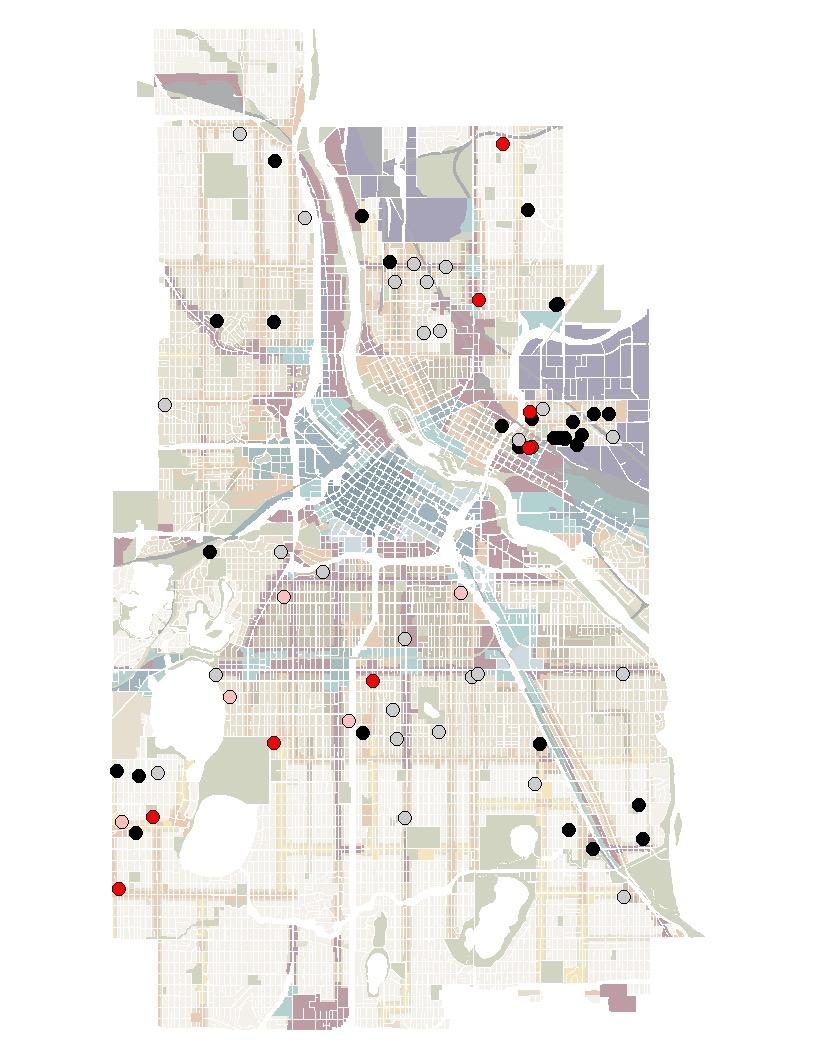
Duplex Conversion


New Duplex
New Triplex
Triplex Conversion
Proposed Triplex at 0.6 FAR



• Develop consensus on goals you want to achieve.
• Prioritize engaging with stakeholders that are most impacted by those goals.

• Ask elected officials to recognize these goals and formally direct you to work on them.
• Acknowledge that change is necessary to achieve goals.
• Draw clear lines between policies/action steps and outcomes.
• Measure and report on progress following adoption –revise policy as needed.



Department of Sustainable Development

Juan Castillo
February 24th, 2023
Gainesville and Exclusionary Zoning

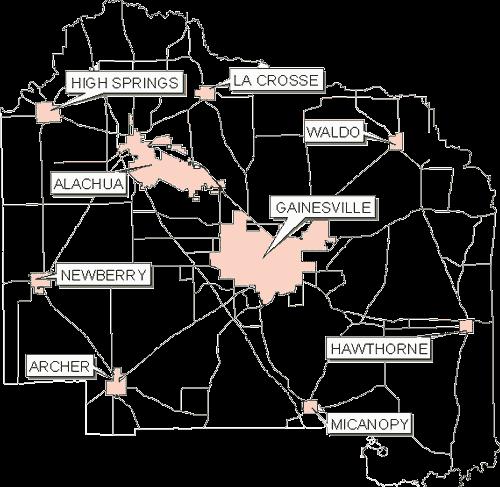
Gainesville is one of the most central locations for work, education, and play.







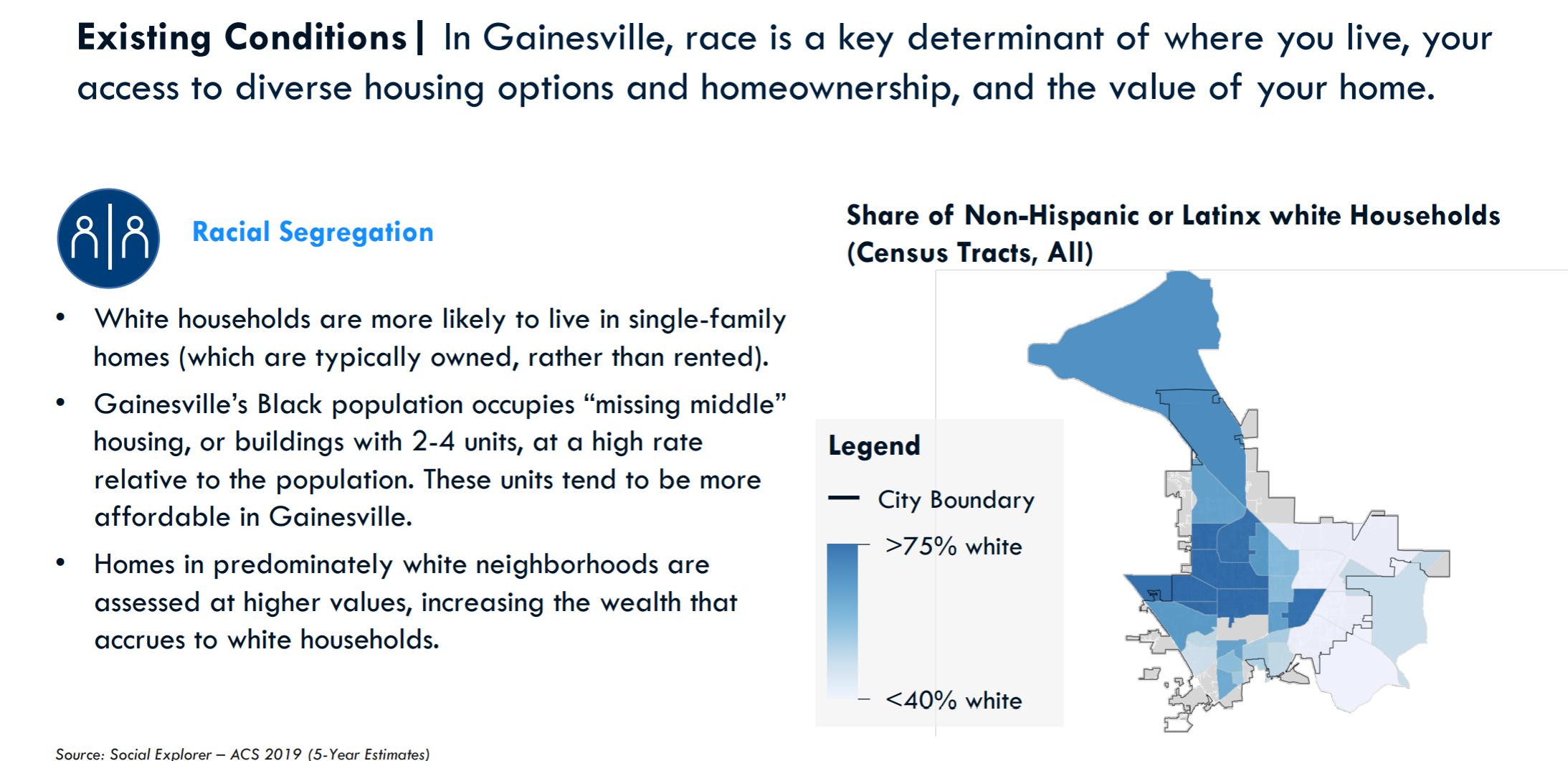








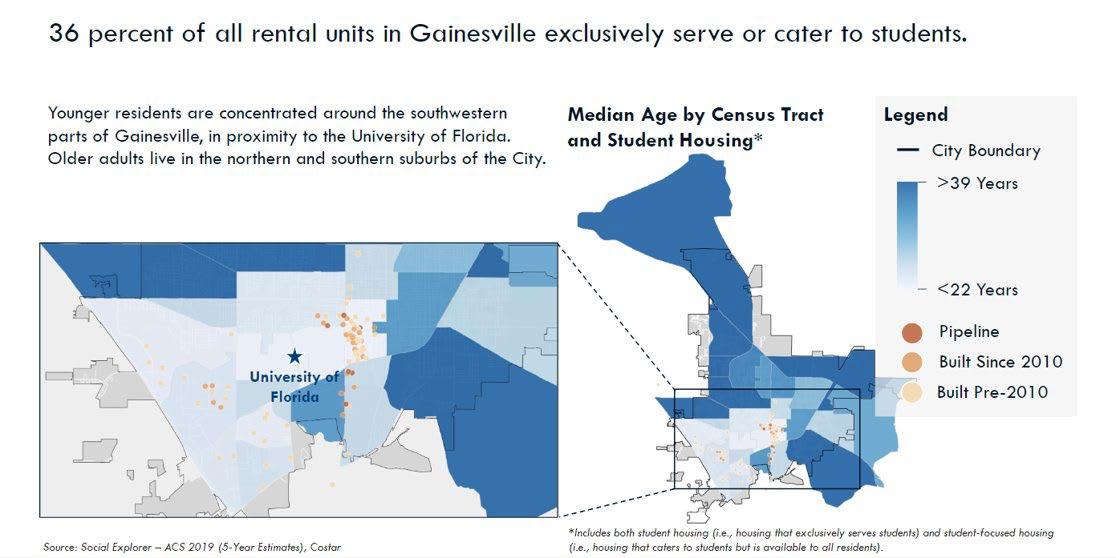





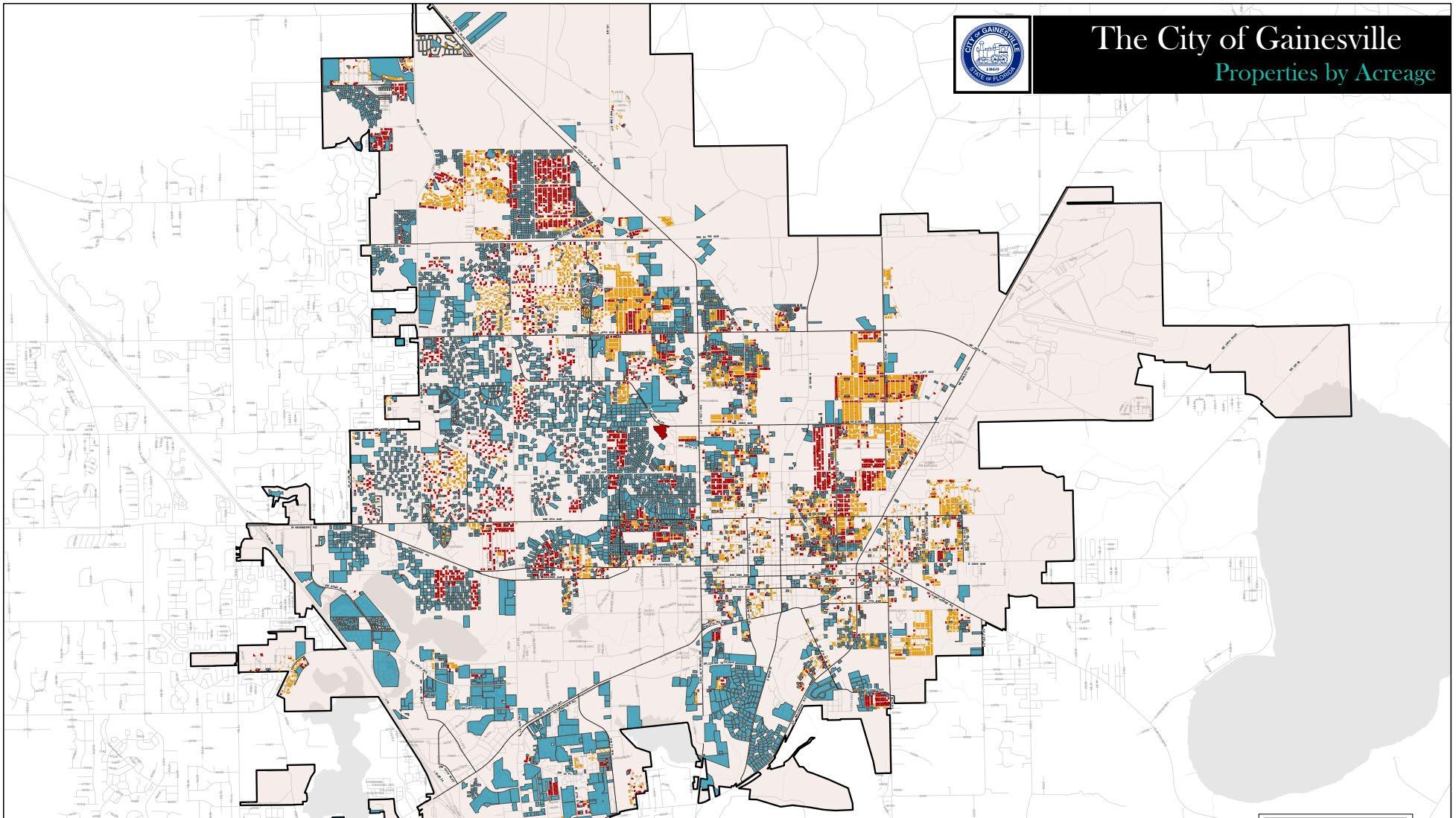

Examples of Exclusionary Zone: Neighborhood Scale Multi-family currently in Gainesville, Cont.

Neighborhood Scale Multi-family: 2 units
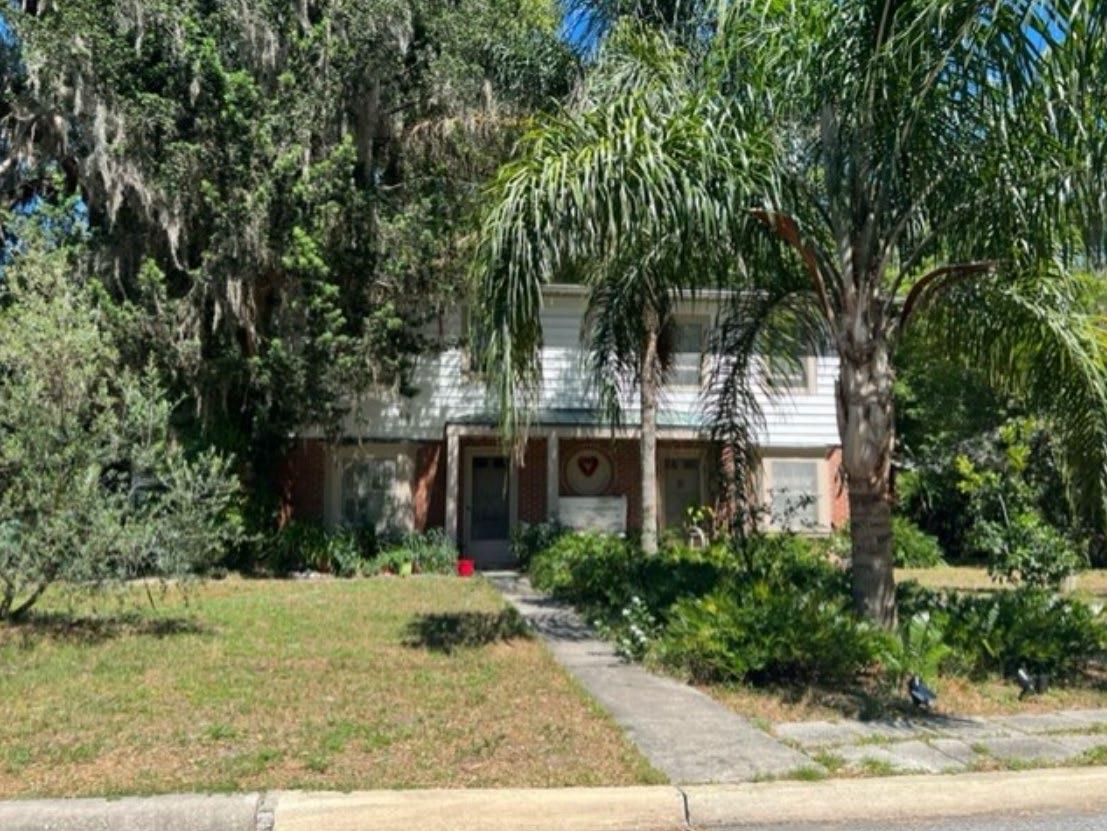
Examples of Exclusionary Zone: Neighborhood Scale Multi-family currently in Gainesville

Neighborhood Scale Multi-family: 4 units



